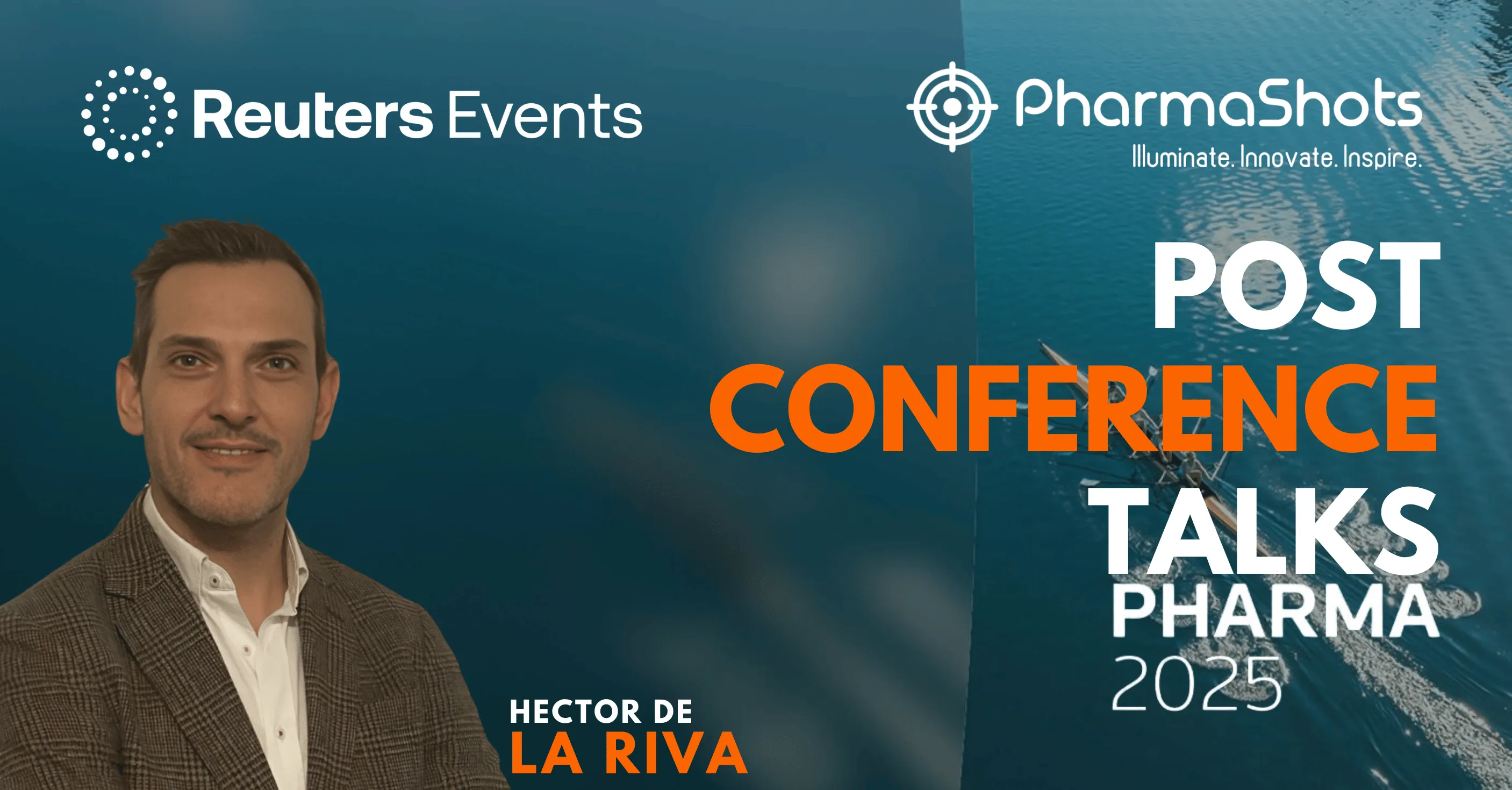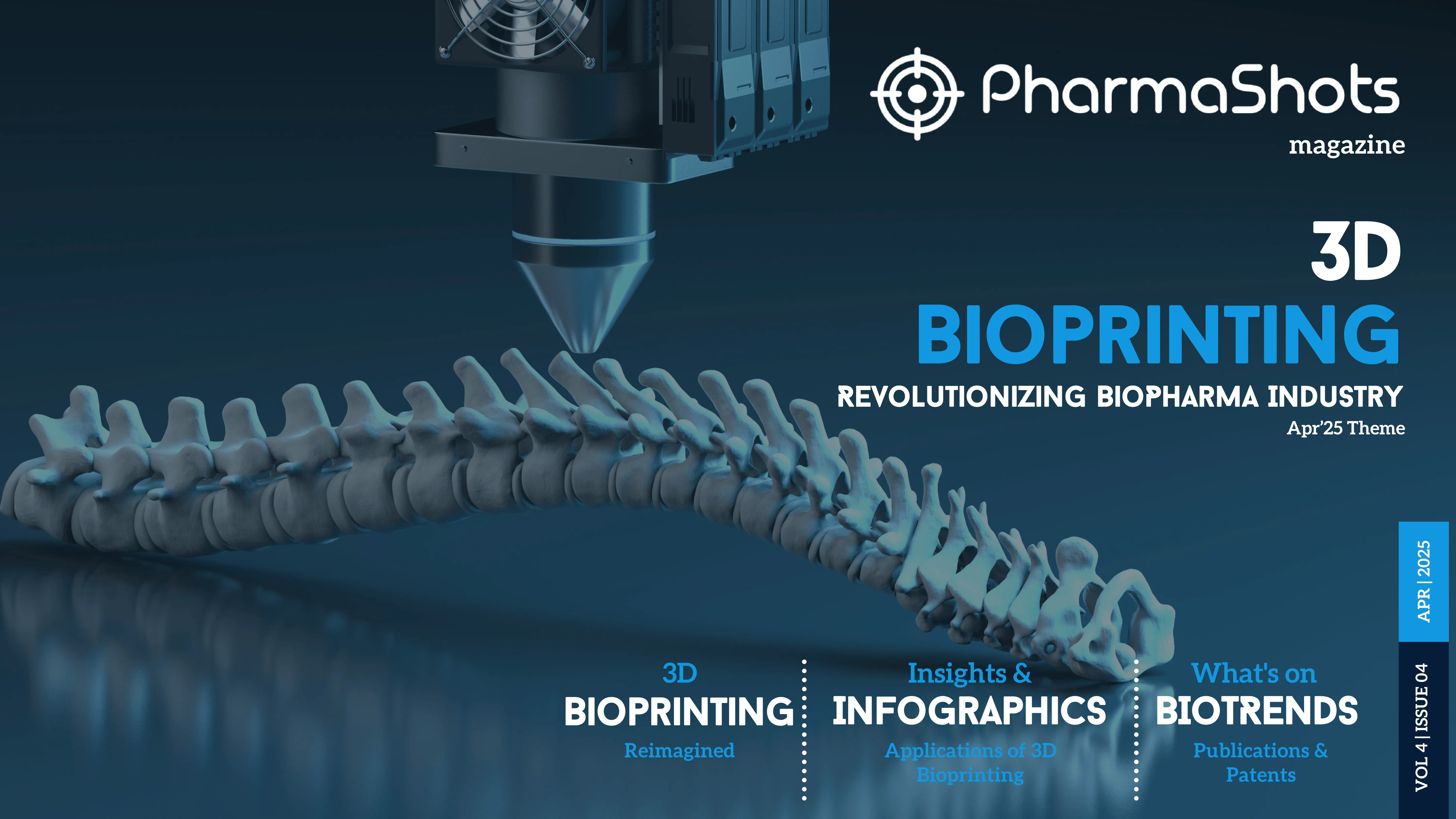
EMA's Battle Against Falsified Drugs in the Supply Chain
Introduction
The pharmaceutical industry plays a critical role in global public health by ensuring the safety and efficacy of drugs. The European Medicines Agency (EMA) is tasked with safeguarding the European Union's pharmaceutical supply chain. However, concerns have been raised about the agency's ability to effectively address vulnerabilities to substandard or falsified drugs. This article explores the challenges the EMA faces and provides insights into how these issues impact public health.
-
Regulatory Framework and Oversight
The EMA operates within a complex regulatory framework designed to ensure the safety, efficacy, and quality control of drugs in the EU. While the agency has robust regulations in place, enforcement and oversight of the entire pharmaceutical supply chain present significant challenges. The need for coordination among member states and industry stakeholders is crucial in detecting and preventing substandard or falsified drugs from entering the market.
-
Inadequate Inspection Processes
One of the primary responsibilities of the EMA is to conduct inspections of manufacturing facilities to ensure compliance with Good Manufacturing Practice (GMP) standards. However, reports suggest that the frequency and thoroughness of these inspections may be inadequate, contributing to vulnerabilities in the supply chain. A study published in the International Journal of Pharmaceutical Sciences and Research highlights instances where inspections failed to identify issues, allowing substandard drugs to reach patients.
-
Globalization and Supply Chain Complexity
The globalization of the pharmaceutical industry has led to a more complex and interconnected supply chain. With ingredients sourced from various countries and products crossing borders multiple times during the manufacturing process, the risk of substandard or falsified drugs infiltrating the supply chain increases. The EMA's ability to effectively monitor and regulate this globalized supply chain is a considerable challenge.
-
Limited Resources and Capacity
The EMA operates with limited resources and faces challenges in scaling its operations to keep up with the growing demands of the pharmaceutical industry. Limited capacity can result in delays in inspections, insufficient oversight, and a reduced ability to respond proactively to emerging threats. The agency must address these resource constraints to strengthen its ability to prevent substandard or falsified drugs from reaching consumers.
-
Technology and Serialization
Advancements in technology, such as serialization and track-and-trace systems, have been implemented to enhance the traceability of pharmaceutical products. However, the effectiveness of these measures depends on widespread adoption and adherence to standards. Some argue that the EMA should take a more proactive role in promoting and enforcing the use of such technologies across the entire supply chain to improve transparency and traceability.
-
Collaboration and Information Sharing
Addressing vulnerabilities in the pharmaceutical supply chain requires close collaboration between regulatory authorities, industry stakeholders, and law enforcement agencies. Some critics argue that the EMA's current approach may not be sufficient in fostering the necessary level of collaboration and information sharing. Strengthening partnerships with other regulatory bodies and improving communication channels could enhance the agency's ability to address supply chain vulnerabilities.
-
Impact on Public Health
The failure to address vulnerabilities in the pharmaceutical supply chain directly impacts public health. Substandard or falsified drugs pose serious risks, including treatment failure, adverse reactions, and the development of drug-resistant strains of diseases. The EMA's ability to ensure the integrity of the supply chain is paramount in safeguarding the health and well-being of European citizens.
The ARTiFACTS Verify platform offers an integrated approach to identifying substandard and falsified drugs that have entered the pharmaceutical supply chain:
-
Identification of suspect medicines through on-site testing at any point in the supply chain using paper analytical device technology that is cost-effective and requires minimal training.
-
Confirmation of the properties of medicines failing the initial test through further testing at specialist labs, using advanced scientifically recognized techniques, including high-performance liquid chromatography, mass spectroscopy, among others.
-
Organisation of all data captured for managing workflows, analysing and reporting results.
-
Coverage of over half of WHO's 600 Essential Medicines.
Enhanced data security by recording results on a purpose-built blockchain provides an immutable record of test results, including active pharmaceutical ingredients, product origin, manufacturer and other data essential for effective intervention.
Conclusion
While the EMA plays a vital role in regulating the pharmaceutical supply chain, challenges persist in addressing vulnerabilities to substandard or falsified drugs. The complex nature of the globalized supply chain, limited resources, and the need for enhanced collaboration present ongoing challenges. To strengthen the agency's ability to protect public health, addressing these issues must be a priority. Continued research, advocacy, and international cooperation are essential to ensure the efficacy of regulatory measures and uphold the integrity of the pharmaceutical supply chain.
Related Post: A Peek into the US Healthcare System
Tags

Jane Doe is a talented copywriter specializing in the pharmaceutical and medical fields, with over a decade of experience crafting compelling narratives that bridge the gap between complex medical concepts and everyday understanding. Her work is characterized by a meticulous attention to detail and a passion for clear, effective communication. Jane's unique ability to translate intricate scientific data into engaging content has made her a go-to expert for leading pharmaceutical companies and healthcare providers. Outside the office, Jane is a health advocate and avid reader, continually expanding her knowledge to stay at the forefront of medical advancements.














